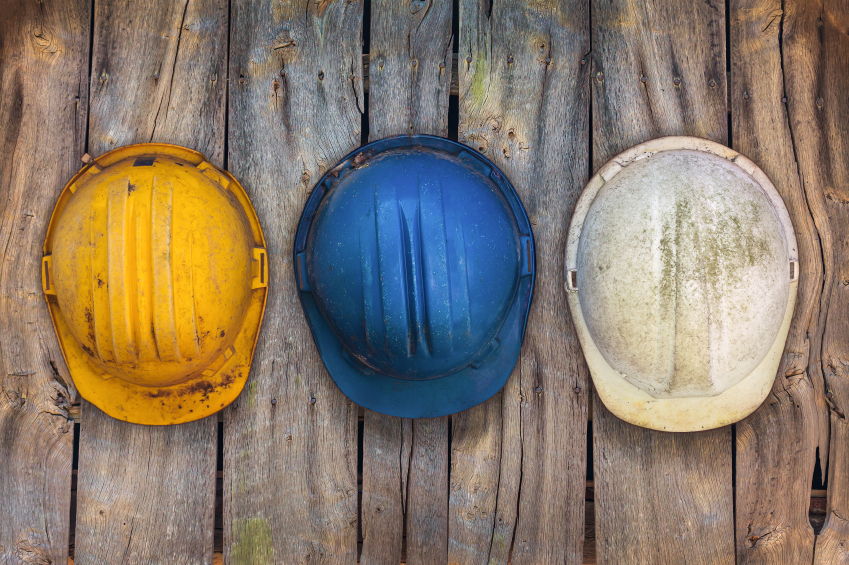
|
But if he hadn’t been wearing his hard hat, he’d likely be dead. Ryecroft’s protective headgear was split by the impact—which would otherwise have split his skull. Hard hats save lives. They do it better if they’re properly selected for the hazards workers face. Are your hard hat job hazard analyses up to date?
Hard Hat Hazard Assessment
Under OSHA’s personal protective equipment standard (29 CFR 1910.132), employers must assess the workplace to determine if hazards are present, or are likely to be present, that necessitate the use of personal protective equipment (PPE), including hard hats.
A hazard assessment for protective headgear should include:
- A records review. Look for records of head injuries or near misses for which hard hat use would have provided protection.
Learn how OSHA’s revised rule applies to your organization by joining us on Tuesday, May 12, for our webinar, OSHA’s Revised Rule for Electric Power Employers and Contractors: How to Adapt Fall Protection and PPE Programs to Comply.
- A walkaround inspection to look for hazards that hard hats could protect against. These hazards include:
- Areas where falling or dropped objects could be encountered. Look for employees who work below other workers who use tools and materials that could fall; work around or under conveyor belts that carry parts or materials; or work below machinery or processes that might cause material or objects to fall.
- Flying objects that could strike workers in the head.
- Low clearances that could expose workers to head injuries.
- Electrical hazards. Look for employees who work on exposed energized conductors.
Hard Hat Selection
If you find hazards like the ones described earlier, you need to select the appropriate type of hard hat for each employee who could be affected by the hazard. Types, classifications, and usage conditions for hard hats are defined by ANSI Z89.1, American National Standard for Personal Protection—Protective Headwear for Industrial Workers Requirements.
On June 22, 2012, federal OSHA issued a direct final rule related to standards for head protection. The revisions require head protection devices to meet the criteria in any one of the American National Standards Institute (ANSI) Z89.1-2009, 2003, and 1997 consensus standards for Industrial Head Protection. The standard was most recently updated in 2014 after the rule, but OSHA does not typically penalize employers for complying with a more recent standard.
Register now to prepare for compliance with new standards for fall protection, personal protective clothing, hazard training for employees, sharing of safety information between host and contract workers, and more.
Hard hats should carry appropriate ANSI markings to indicate the type of protection they provide and the conditions of use they are designed for.
- All hard hats are designed to provide protection from impact and penetration hazards caused by falling objects.
- Some hard hats also protect the head from side impacts. A hard hat designated under the ANSI standard as Type I is designed to protect only against blows from the top. A Type II hard hat also protects from side impacts.
Tomorrow, we’ll look at selecting hard hats for electrical protection properties and for other special situations.

Why does your site offer free white paper then says not available. Such as Does your PPE Program meet OSHA standards